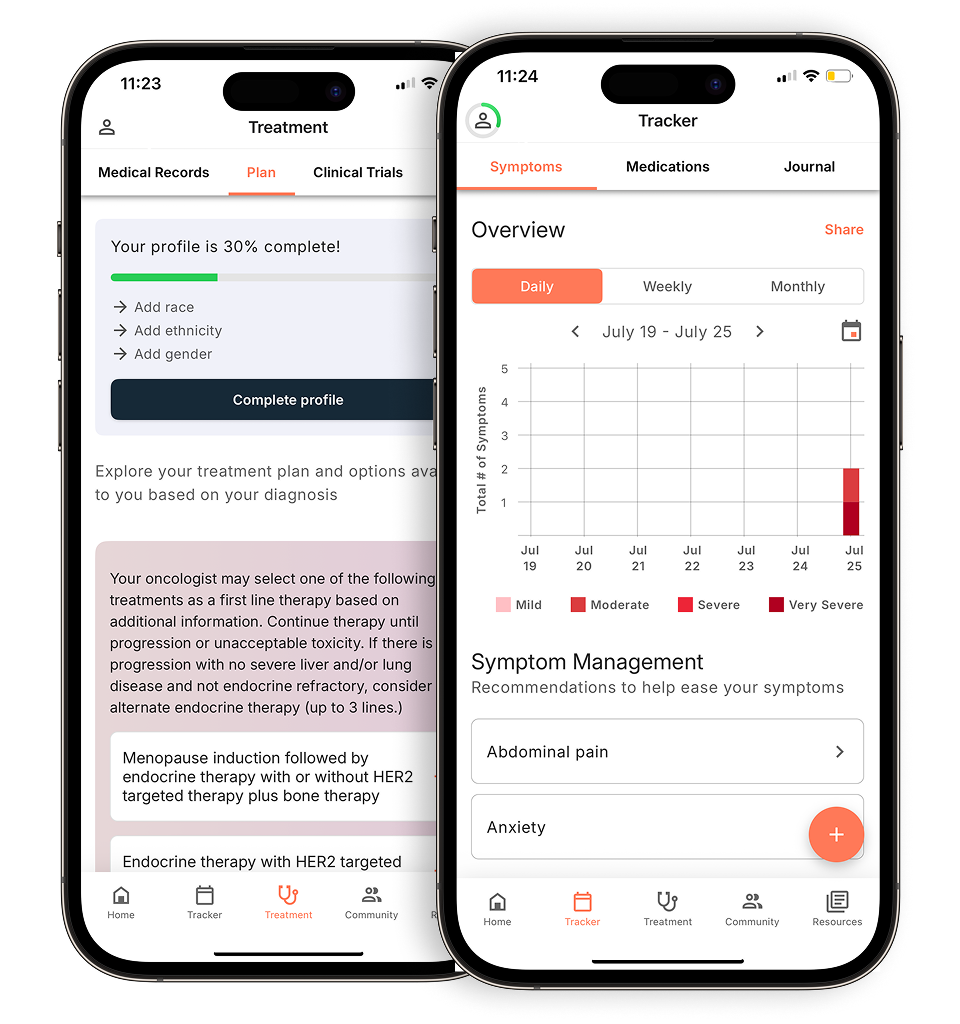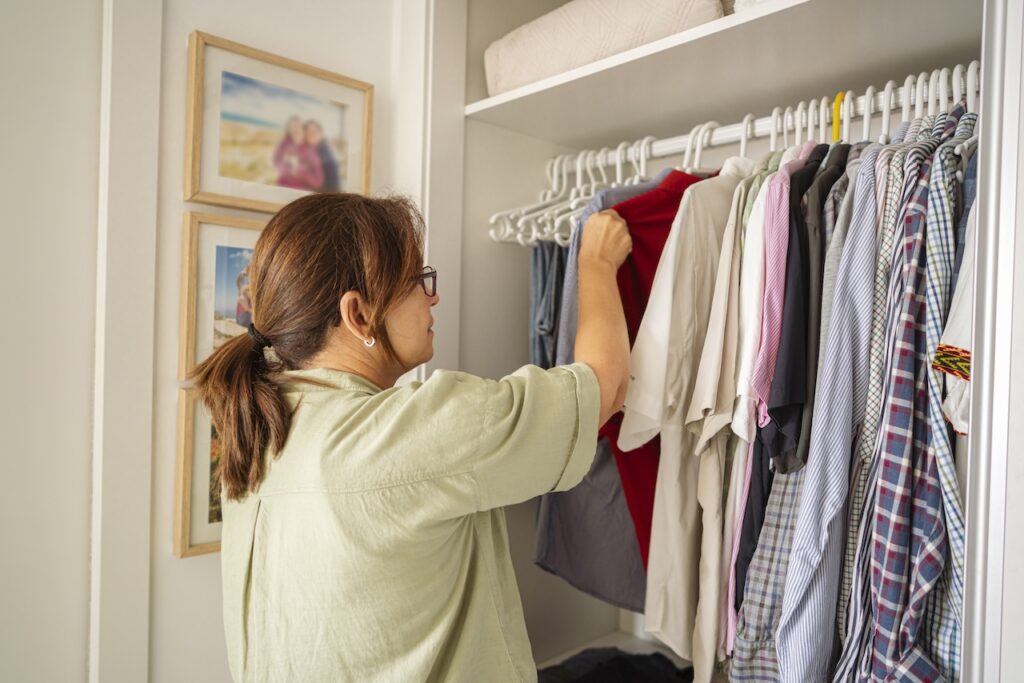If you’re a pet parent, you’re familiar with the bond and commitment that comes along with such an important role. But when you’re diagnosed with cancer and getting ready for treatment, it’s important to consider your pet in any conversations with your oncological care team. Your immune system may be compromised so your relationship with your pet might unfortunately have to change or pivot.
In some cases, it might not be safe to care for your pet while going through treatment. A separation – whether temporary or permanent – can be stressful for everyone, so below is some more information on how to keep everyone safe.
When should you tell your care team that you have a pet at home?
Before you start treatment, let your doctor know what kind of pets live with you. While you might immediately think of only your dogs or cats, other animals like reptiles, fish, gerbils, hamsters, guinea pigs, and birds can carry diseases like salmonella and increase your chances for infection during treatment, even more than a dog or cat can.
Evidence-based guidance powered by NCCN Guidelines®
Personalized treatment plans shaped by the latest oncology standards—tailored to your diagnosis.
Get started
View your personalized treatment plan in the Outcomes4Me app
Use your diagnosis to unlock personalized NCCN Guidelines®-aligned recommendations.
Continue in app
Even if they’re in a tank or a cage, it may be best to ask a trusted friend or relative to look after them while you’re going through treatment.
What about dogs and cats?
If your doctor says it’s okay to keep your pets in the house, speak with your vet to confirm they’re completely up to date on their vaccinations and are healthy.
Additionally, it’s important to follow this set of rules during your treatment:
- Don’t clean up after your pet, and don’t have your immediate partner or caregiver touch things like a litter box, aquarium, or feces. If they’re taking care of you on a regular basis, they shouldn’t be handling things that can increase your chance of infection.
- Avoid sleeping in the bed with your pet. They could lick or knock into a surgical site, port, or accidentally scratch you.
How can I keep my pet safe at home?
The American Cancer Society recommends the following tips for keeping your pet safe during your treatment:
- Assign an emergency contact in case you need help with a walk or a trip to the vet. Give them a key and leave care instructions including vet information.
- Add another contact to your pet’s microchip in case they get lost.
- Understand where pets are allowed during treatment and when they need to stay home.
When is having a pet just too high risk?
There are unfortunately instances where it might be best to rehome your pet during treatment. If you’re going through intense therapy for a rare type of cancer, your care team may tell you to minimize contact with anything that can give you an infection.
They may also inform you that side effects of treatment could affect your overall health and ability to care for them. In these instances, you might need a temporary rehoming situation or additional help.
If you need extra support or need to temporarily rehome your pet, the American Cancer Society has also compiled a list of resources, including:
- PAW (Pet Assistance & Wellness Program) by Cancer Care offers education and financial help with expenses like food, walking, boarding, and vet care.
- My Cancer Circle helps you connect with your inner community to set up tasks like walks and errands for you or your pet.
- The American Veterinary Medical Association provides additional tips for finding care for your dog.
If you would like to connect with an Outcomes4Me oncology nurse practitioner at no charge through the Outcomes4Me app, using the “Ask Outcomes4Me” button.
Personalized support for real care decisions
Understand your diagnosis, explore clinical trials, and track symptoms--all in one place.
Get started
Compare treatments, prepare for appointments, and track side effects—all in the app
Built for your diagnosis, Outcomes4Me gives you the tools to make confident, informed decisions—right when you need them.
Continue in app






